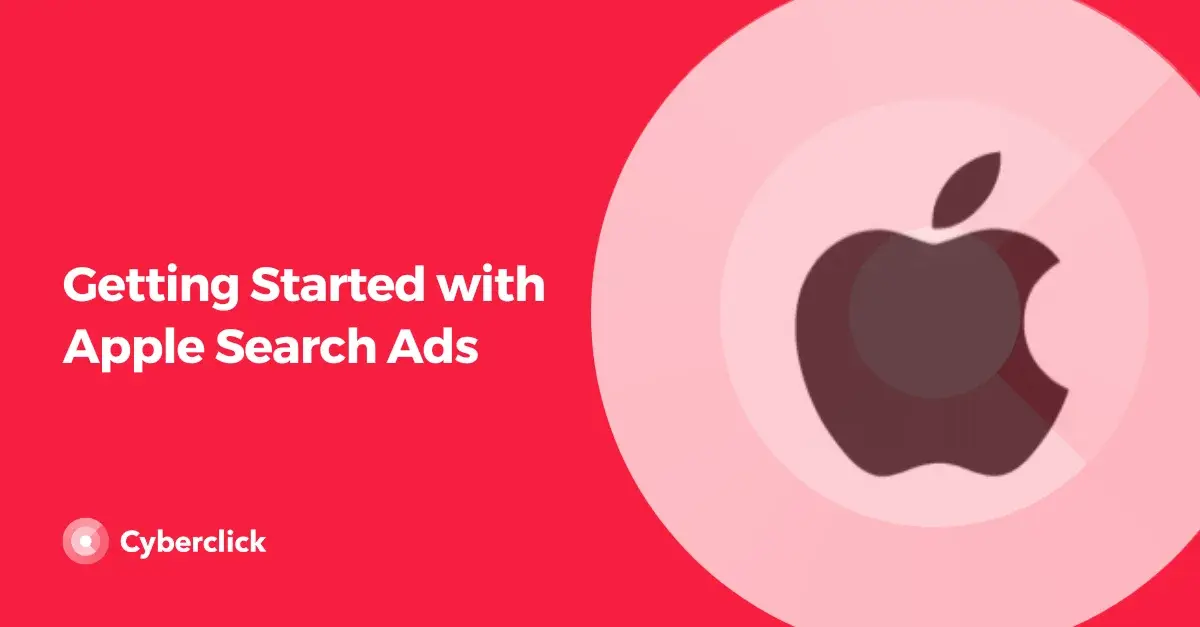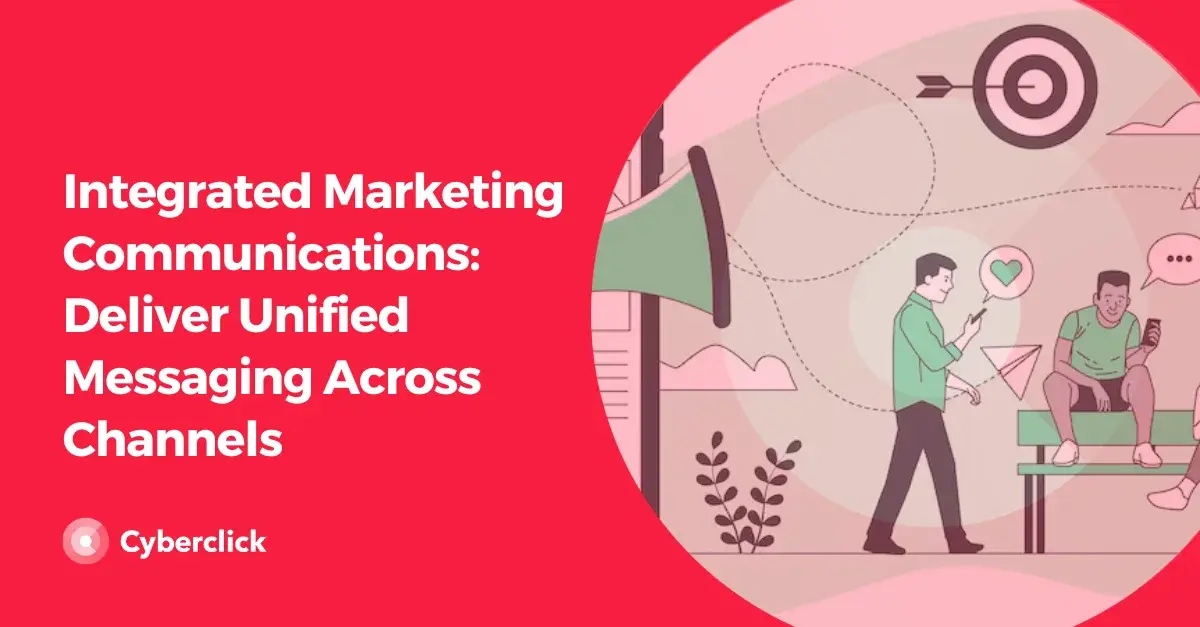Digital marketing is a powerful tool that enables small businesses to compete with larger counterparts by reaching targeted audiences effectively and efficiently.
Let’s look at some tips for success, real-world examples, and services that will help your small business maintain sustainable growth.

Understanding Digital Marketing for Small Businesses
Digital marketing encompasses all online efforts to promote products or services. For small businesses, this includes strategies like search engine optimization (SEO), social media marketing, email campaigns, content creation, and pay-per-click advertising. These tactics aim to increase online visibility, attract potential customers, and create brand loyalty.
How Small Businesses Can Succeed in Various Marketing Areas
Small businesses can thrive in multiple digital marketing domains, including:
-
Social Media Marketing: Platforms like Facebook, Instagram, and TikTok offer cost-effective avenues to engage with audiences. For instance, many small shop owners have turned TikTok into a successful storefront to boost their sales, reaching millions in revenue and employing workers nationwide.
-
Search Engine Optimization (SEO): By optimizing website content for search engines, small businesses can improve organic traffic. A local retail store, for example, increased its online visibility and foot traffic by implementing effective SEO strategies.
-
Email Marketing: Building an email list allows direct communication with customers. Personalized campaigns can lead to higher engagement and repeat business.
-
Content Marketing: Creating valuable content establishes authority and attracts potential customers. Blogs, videos, and infographics can showcase expertise and build trust.
Best Practices for Success
To take advantage of the full potential of digital marketing, small businesses should consider the following:
-
Develop a Professional Website: A user-friendly, mobile-responsive website serves as the foundation of your online presence.
-
Leverage Social Media: Engage with your audience on platforms where they spend their time. Consistent posting and interaction can build a loyal community.
-
Use Local SEO: Optimize your online presence to attract local customers. This includes claiming your business on Google Business Profile and encouraging customer reviews.
-
Create Valuable Content: Share insights and information that address your audience's needs and interests.
-
Implement Email Campaigns: Regular newsletters and promotions can keep your audience informed and engaged.
-
Monitor Analytics: Use tools like Google Analytics to track performance and adjust strategies accordingly.
Real-World Success Stories
Glossier
Glossier, a beauty brand that became a global sensation, began as a blog called Into The Gloss, created by Emily Weiss in 2010. The blog quickly gained a loyal following by offering honest product reviews, beauty tips, and insights into the routines of influential figures in the beauty industry.
In 2014, leveraging the success of Into The Gloss, Emily launched Glossier, a direct-to-consumer beauty brand with a focus on skincare and makeup products designed to enhance natural beauty. The brand used Instagram to engage with its growing audience, showcasing high-quality content that emphasized real, unretouched beauty, user-generated content, and a personal connection with customers.
Now, with over 3M followers, Glossier continues to share compelling images of its products, customer testimonials, and beauty routines, creating a narrative that resonates with its community. The brand encourages customer interaction by reposting real-life beauty experiences, hosting challenges, and promoting hashtags like #GlossierPink, building a sense of authenticity and inclusivity. This combination of digital marketing, user engagement, and a strong sense of community has propelled Glossier from a humble blog to a multi-million-dollar beauty empire, with physical retail locations, a coveted section in Sephora, and a devoted fan base worldwide.
The Sill
The Sill, a plant shop known for its wide selection of houseplants and plant care products, effectively used Instagram to increase its brand presence and engage with plant enthusiasts. With over 250K followers, the brand shares visually captivating content featuring its diverse plant collection, educational tips on plant care, and exclusive promotions.
By focusing on high-quality images, helpful guides, and behind-the-scenes glimpses of their operations, The Sill has cultivated a loyal and passionate online community. The brand encourages customer interaction by reposting user-generated content, showcasing how customers have styled their plants at home, and promoting hashtags like #plantparenthood.
This approach has significantly boosted customer engagement and contributed to increased online sales, helping The Sill expand its reach and grow into a prominent player in the home decor and plant industry.
Benny's American Burger IG Success
Benny's American Burger, a popular Australian chain known for its burgers, craft beers, and signature cocktails, has utilized Instagram to boost its brand presence and engage with customers. With over 62K followers, the brand shares content showcasing its menu items, special promotions, and behind-the-scenes moments.
By posting on-brand images and stories, Benny's American Burger has cultivated a loyal online community. The brand encourages interaction by featuring UGC and promoting hashtags like #bestburg.
This increased customer engagement and contributed to increased foot traffic and sales across its 13 locations in Australia.
SEO: The Backbone of Digital Presence
For small businesses, SEO is a crucial component of any digital marketing strategy. As search engines become more sophisticated, businesses need to stay ahead by adopting omnisearch optimization (OSO), a concept that goes beyond traditional SEO practices. Here’s how you can integrate this evolving trend into your strategy:
-
Understand the Shift Toward Omnisearch: Traditionally, SEO was focused on optimizing websites for search engines like Google. Keeping that in mind, with the rise of voice search, mobile search, and search within apps, the ecosystem is becoming increasingly diverse. Omnisearch aims to optimize your content for all types of searches, including voice, image, video, and even social media searches. It’s no longer just about appearing in Google’s search results—it’s about being visible across all platforms where people seek information.
-
Optimize for Multiple Search Formats: As search engines evolve, you should optimize content for multiple formats like voice (via virtual assistants such as Siri and Alexa), images, and videos. This means including structured data, optimizing video content for platforms like YouTube, and focusing on local SEO strategies that address specific search behaviors.
-
Leverage Structured Data: Structured data, or schema markup, allows search engines to better understand your content and provide rich results, such as star ratings, product information, and event details. Implementing structured data on your website will improve visibility and increase click-through rates.
-
Focus on User Intent: It’s important to focus not just on keywords, but on understanding user intent behind searches. By tailoring your content to answer specific user queries—whether they are looking for how-to guides, reviews, or product comparisons—you can ensure that your business appears in the most relevant search results.
-
Local SEO: Omnisearch optimization also ties closely with local SEO. Make sure your business is easy to find by claiming and updating your Google Business Profile, using location-based keywords, and building local backlinks. With mobile searches being highly location-driven, focusing on this can increase your visibility.
Sustaining Long-Term Success
Maintaining success in digital marketing requires ongoing effort:
-
Stay Updated: The digital landscape evolves rapidly. Regularly update your knowledge and adapt to new trends and technologies.
-
Engage with Your Audience: Create long-lasting relationships by responding to comments, messages, and feedback promptly.
-
Evaluate and Adjust Strategies: Regularly assess the effectiveness of your campaigns and be willing to pivot when necessary.
Tracking Success
Measuring the impact of your digital marketing efforts is crucial:
-
Set Clear Objectives: Define what success looks like for your business, whether it's increased website traffic, higher sales, or improved engagement.
-
Use Analytics Tools: Platforms like Google Analytics and social media insights provide valuable data on user behavior and campaign performance.
-
Monitor Key Performance Indicators (KPIs): Track metrics, including conversion rates, click-through rates, and return on investment to get a feel for your brand's success.
Digital marketing offers small businesses a powerful platform to reach and engage with their target audience. By implementing strategic practices like omnisearch optimization and continuously monitoring performance, small enterprises can achieve and sustain significant growth in the digital realm.
Es Licenciada en Economía y Derecho por la Universidad Pompeu Fabra. Está especializada en acciones integrales de marketing online para la generación de leads y en la planificación de campañas de e-mail marketing, Mobile Marketing, Content Advertising y Social Media.
Nerea holds a degree in Economics and Law from Pompeu Fabra University. She specializes in comprehensive online marketing actions for lead generation and in planning e-mail marketing, Mobile Marketing, Content Advertising and Social Media campaigns.






Leave your comment and join the conversation